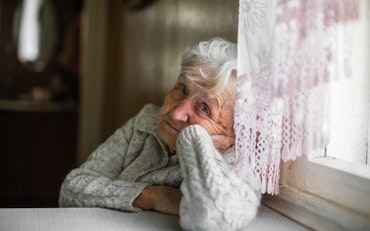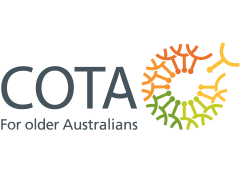Aussie smoking on the decline, but marijuana common
The decline in smoking rates over the past three decades means Australia now has one of the lowest rates among Organisation for Economic Co-operation and Development (OECD) countries according to a new report released by the Australian Institute of Health and Welfare (AIHW).
Mark Cooper-Stanbury, head of the Institute’s Population Health Unit, said that with smoking rates just over 17%, Australia ranked fourth lowest behind the United States, Sweden and Canada.
The report, Statistics on drug use in Australia 2006, summarises the major statistical collections on drug-use in Australia and contains information on the use of tobacco, alcohol, illicit drugs and pharmaceuticals and examines the effects of drugs on health and crime. It showed that while smoking rates have declined, drinking patterns have remained relatively unchanged over the past 15 years and the use of various illicit drugs have either declined or remained stable.
In 2004, about 9% of Australians drank daily, 41% weekly and 34% drank less than weekly with about 35% of drinkers consuming at levels considered risky or high risk for short-term harm.
“In terms of per capita consumption, that means we each drank around 92 litres of beer, 20 litres of wine, and one litre of pure alcohol from spirits,” Mr Cooper-Stanbury said.
Close to 40% of Australians aged 14 and over in 2004 had used an illicit drug in their lifetime, with marijuana the most commonly used illicit drug. Almost 10% reported using methamphetamine at least once, and 3% had used it in the past 12 months.
In addition to statistics on drug, alcohol and tobacco use, the report also provides information on treatment services and substance use in various population groups, such as in youth, Aboriginal and Torres Strait Islander peoples, pregnant women, prisoners and employees.
In 2004-05, the Australian Government collected over $6.7 billion related to the sale of tobacco products, and $5.1 billion related to alcohol sales.










